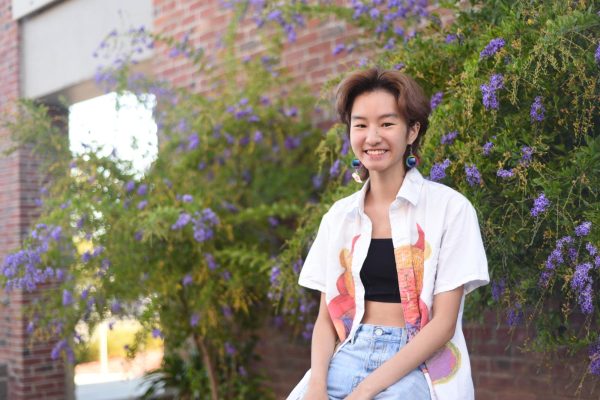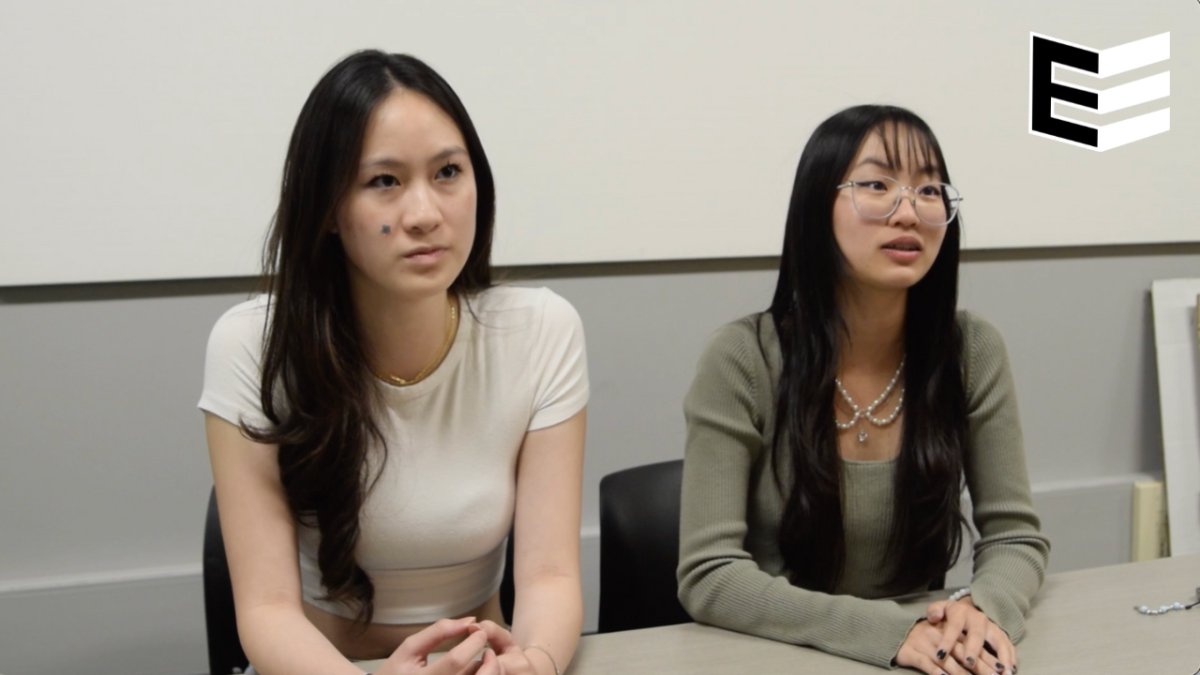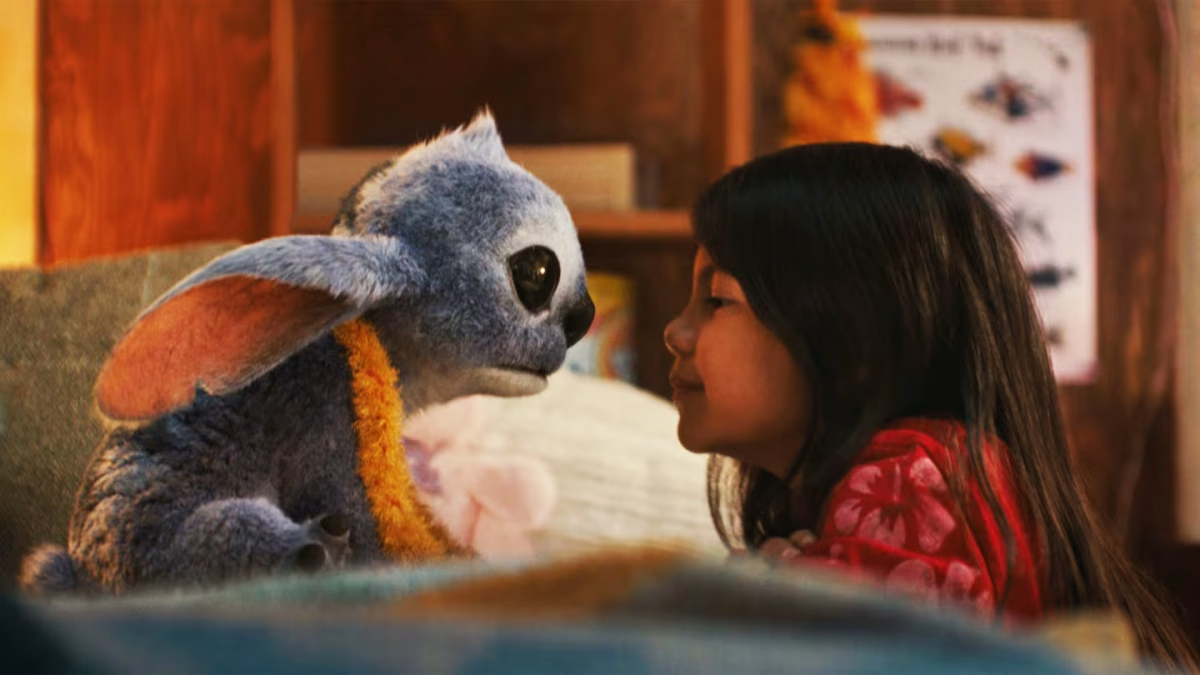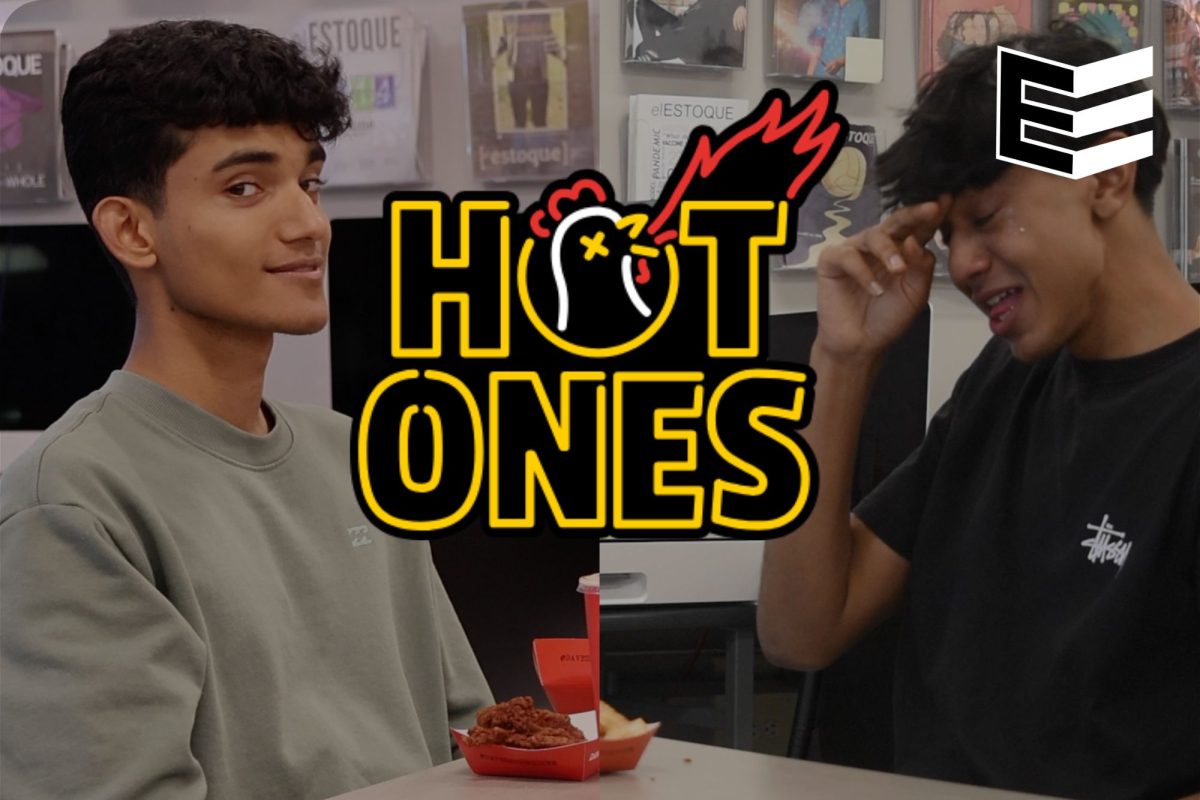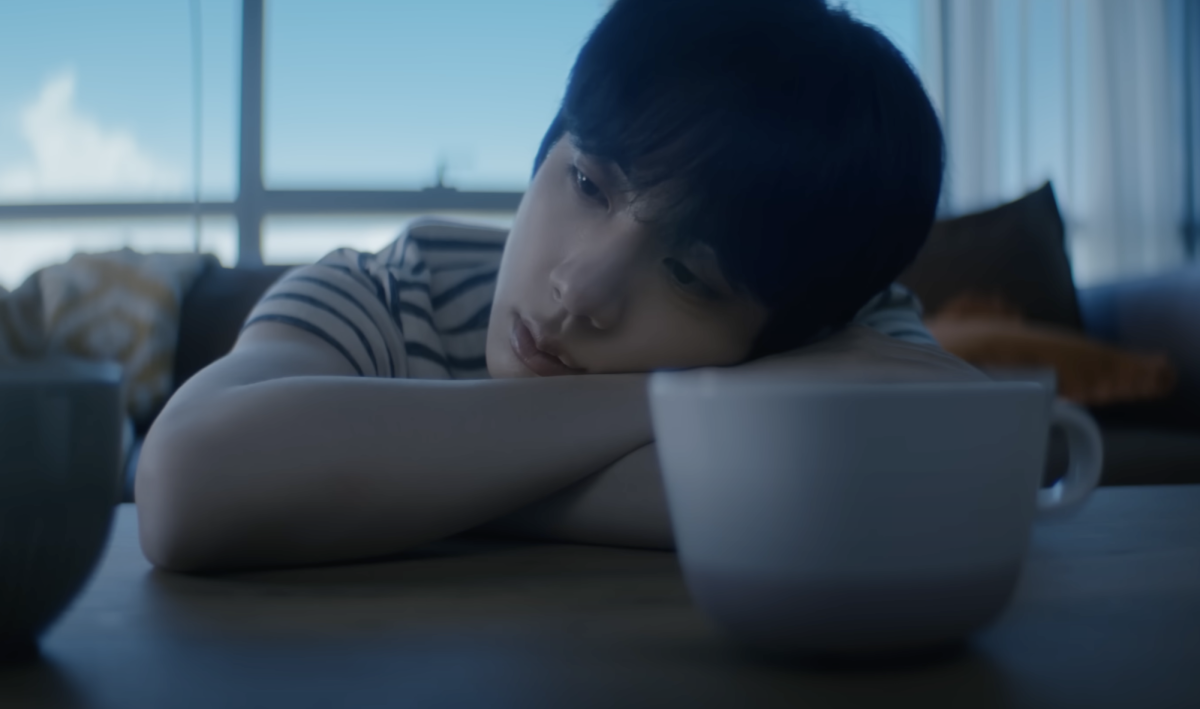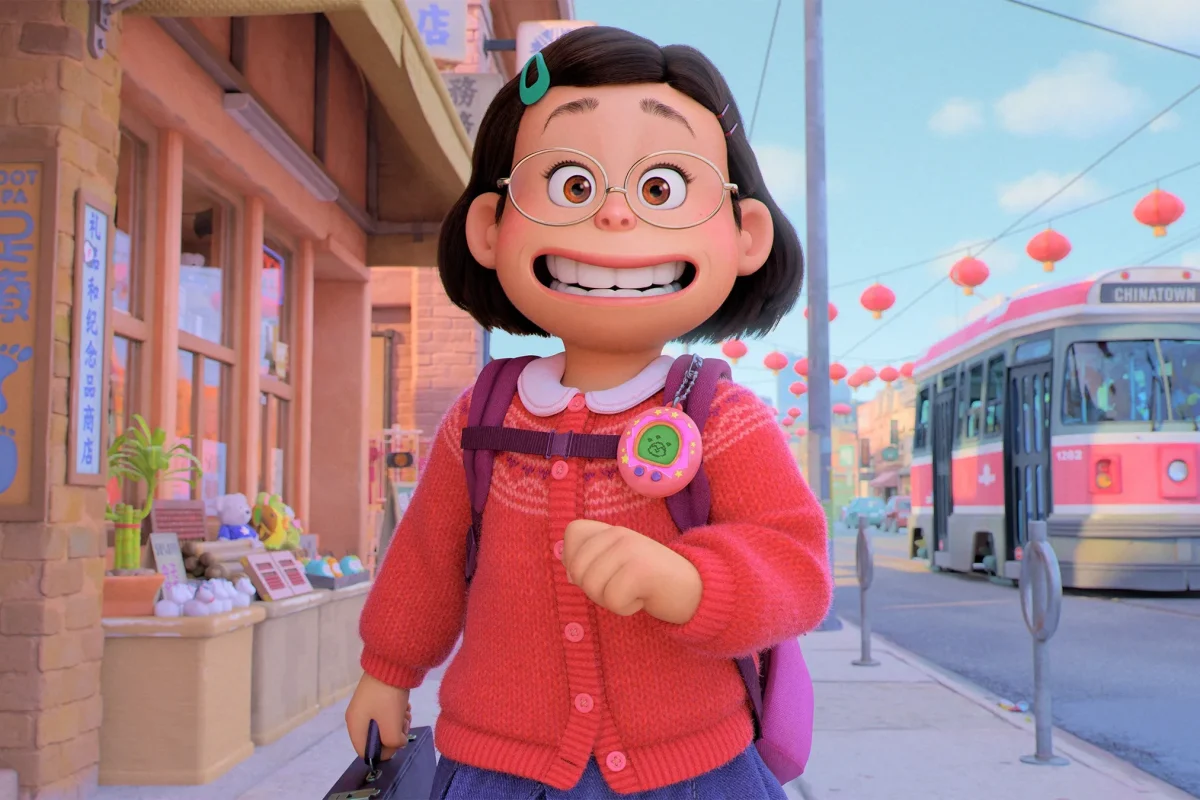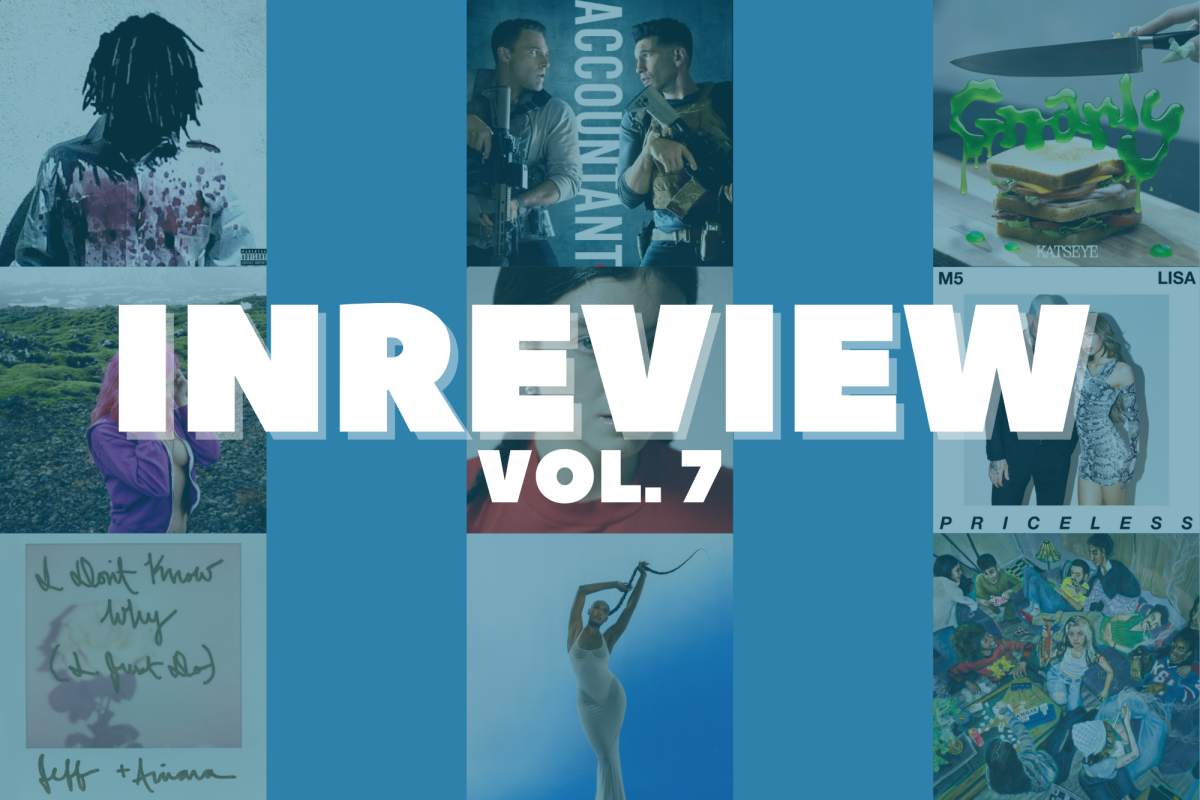Throughout our childhoods, artists have often been used as cautionary tales — constant reminders that pursuing a labor of love is simply a lifelong condemnation to trailer parks and GoFundMes with no hope of self-reliance. In the halls of MVHS, this starving artist archetype is very much alive. Discussions about careers and majors are inescapable and often filled with stereotypes about professional artistry: that it’s inconsistent work, that it’s difficult to establish yourself and that it’s nearly impossible to make a living from. From the world of traditional visual arts to becoming a published writer, these assumptions persist in our conversations.
These ideas aren’t entirely unfounded — even artists perceived as world-class are engaged in a constant struggle to achieve the same respect as their academic counterparts. In late November, the American Guild of Musical Artists (AGMA) published a statement claiming dancers with the San Francisco Ballet had been struggling to ensure wages above the low-income level and were forced to dance through pain that led to significant injuries. The following prospective strike was a culmination of union members’ advocacy for protections afforded freely to most minimum wage workers.
SF Ballet is indisputably one of the most prestigious companies in the world — yet, no amount of celebration or achievement lets artists escape constant bargaining for basic freedoms. For pre-professional artists, the understanding is that this is the perpetual and permanent nature of art and that suffering is an intrinsic sacrifice necessary for success in creative fields, one that should be accepted and tolerated as soon as possible.
But it would be misleading to blame individual artists for their career choice rather than addressing the broader systemic problems. The normalization of the idea that underpaid artistry is “just the way it is” allows companies to get away with exploiting artists without consequence. Industries like film and visual and performing arts have always underpaid their artists — methods like artificial intelligence are just the latest tools that streamline the process. For professional artists, internalizing the idea that their work is worth less prevents attempts to take a stand and demand better working conditions.
At the same time, working conditions aren’t the full story when it comes to the conversations we have around art. MVHS students tend to perceive choices as “all or nothing,” which can distort our actual available options. For one, we tend to perceive our choice of major as something more monolithic than it truly is, ignoring the fact that switching majors is common and majors don’t line up neatly with job or life prospects. We also conflate life and career, perceiving the act of choosing something as a career as the most valid way to pursue an interest.
Part of this emerges from the relationship between art and productivity that our deliverable-oriented culture fosters. As students, we often see art as a means to an end — something to win awards with, describe to colleges or keep for the sake of inertia or “consistency.” For certain performing arts, such as ballet, there are also biological limits that make high school a crucial time period to put in effort. Seeing art through the lens of being productive leaves less space to enjoy making art itself.
The struggling professionals we see sometimes serve as an excuse to downplay our interest in keeping art in our lives. But we often forget that there’s space for what we love outside of the context of work — being dedicated to art goes beyond choosing it as a career.
Artists who don’t fit into the archetype of “starving artist” (or who we think of as a more “legitimate” type of artist) are often sidelined in our discussions, even though they represent a very realistic way of pursuing art into adulthood. Over 75% of American adults have creative hobbies, including drawing and making music, but it can be hard to envision ourselves as part of that demographic when our primary focuses are academic.
But we can move forward with a less totalizing view of our creative hobbies. Instead of immediately framing art through the lenses of productivity or profitability, we should evaluate our passions more holistically — what role does it play in our lives? Is our enjoyment of the hobby inherently tied to the possibility to profit off of it? If there are benefits, how can we make sure that they stay in our lives?
We often perceive the answer to that last question as “career,” as though work is the only way to affirm our dedication to something. But our art — no matter how much time we put in, how monetizable it is or how “good” we think we are — is valuable. We should treat it that way.






